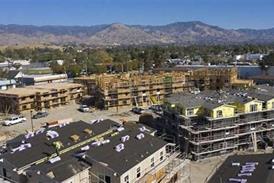Eyes turn to listed infrastructure

In times of inflation and recessionary risks, the listed infrastructure market is garnering more interest, says Maha Khan Phillips
This content is only available IPE Real Asset members
Already an IPE Real Assets Member? Sign in here
Unlock your IPE Real Assets Membership Package
For access to IPE Real Assets industry-leading market intelligence the leading information resource for the European institutional real assets investment community.
What type of organisation do you work for?
- Secure online payment
- Free European delivery
- Best value for price
IPE Real Assets Membership
IPE Real Assets has created a suite of products and services for Europe’s institutional real estate investment community.
Premium content
Pension fund interviews,
country analysis and data
country analysis and data
Opinion and analysis
Asset classes
and strategies in depth
and strategies in depth

IPE editorial provides coverage of foreign pension funds’ experiences from which we can take ideas; we can also use it to share ideas regarding new and pioneering projects.








